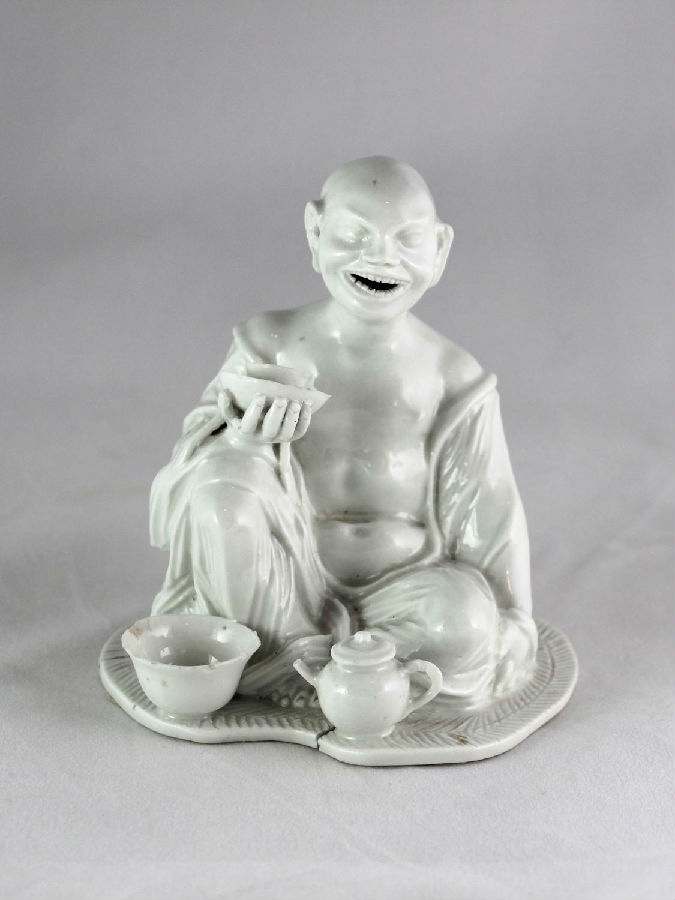文艺版块
Book review
书评
Craft and commerce
手工业和商业
Shifting plates
不断变化的盘子
Porcelain: A History from the Heart of Europe.
瓷器:欧洲中心的历史
By Suzanne Marchand.
作者:苏珊娜·马钱德。
It sounds like a fairy-tale.A visionary alchemist, arrested by a tyrannical ruler, is put to work turning scraps into riches. Yet for a few years in the early 18th century Johann Friedrich Bottger was a genuine Rumpelstiltskin. Seized by Augustus the Strong, elector of Saxony, after he crossed Prussia’s frontier, Bottger was imprisoned and ordered to conjure up treasure—and, in a sense, he did. He didn’t make gold, but Bottger was the first European to create something almost as precious: porcelain.
这听起来像个童话故事。暴君逮捕了一名有创见的炼金术士,并派他去变废为宝。在18世纪初,约翰·弗雷德里克·博特格还是个真正的少年。博特格在穿过普鲁士边界后,被萨克森选帝侯“强者”奥古斯图斯抓住囚禁了起来,并被命令创造出宝藏,而从某种意义上来说,他做到了。博特格没有制造黄金,但他是第一个创造了与黄金几乎同等珍贵的瓷器的欧洲人。

As Suzanne Marchand shows in her meticulous new book, porcelain has been integral to German life since its reinvention in Saxony in 1708 (the Chinese perfected the craft centuries earlier). It was initially a plaything for princes, as Bottger’s incarceration suggests; Augustus and his rivals sponsored state-run factories for what one called the “splendour and prestige” of their realms.From that beginning, Ms Marchand traces porcelain’s role in German history, examining its uses from Romantic busts of Goethe to Nazi egg cups.
就像是苏珊娜·马钱德在她精心完成的新书中展示的那样,自从1708年博特格在萨克森州重新发明了瓷器(几个世纪前中国人完善了这一工艺),瓷器就一直是德国人生活中不可或缺的一部分。瓷器最初是王子们的玩物,博特格受到囚禁也表明了这一点;奥古斯图斯和他的对手赞助了国营工厂,以获得所谓的王国“辉煌和威望”。从那一刻起,马尔汉德女士追溯了瓷器在德国历史上的作用,从歌德的浪漫半身像到纳粹蛋杯,她考察了瓷器的用途。
“Porcelain” is about more than culture. Because the commodity was prized and produced over centuries, the author uses it to explore wider economic changes. Ultimately it became thoroughly industrialised— porcelain’s use in false teeth and telegraph insulator tubes leads Ms Marchand to call it the plastic of its day—but the path to modernity meandered. Several early factories, including the famous one at Meissen, were just converted palaces or monasteries, run by courtiers in powdered wigs. Some idiosyncrasies survived into the 20th century: though they hated all things aristocratic, East German officials brought back classic rococo figurines after Marxist alternatives proved unsellable.
“瓷器”不仅仅是文化。由于几个世纪以来这种商品一直受到高度重视和生产,因此作者用它来探索更广泛的经济变化。最终,它彻底工业化了——将瓷器应用于假牙和电线绝缘管中,使马钱德女士将其称之为当时的塑料——但通往现代化的道路是曲折的。早期的几家工厂,包括著名的梅森工厂,都是由宫殿或修道院改建的,由头戴扑粉假发的朝臣经营着。一些特质延续到了20世纪:尽管他们痛恨一切贵族化的东西,但在马克思主义的替代品被证明无法出售后,东德官员恢复生产经典的洛可可雕像。
译文由可可原创,仅供学习交流使用,未经许可请勿转载。













